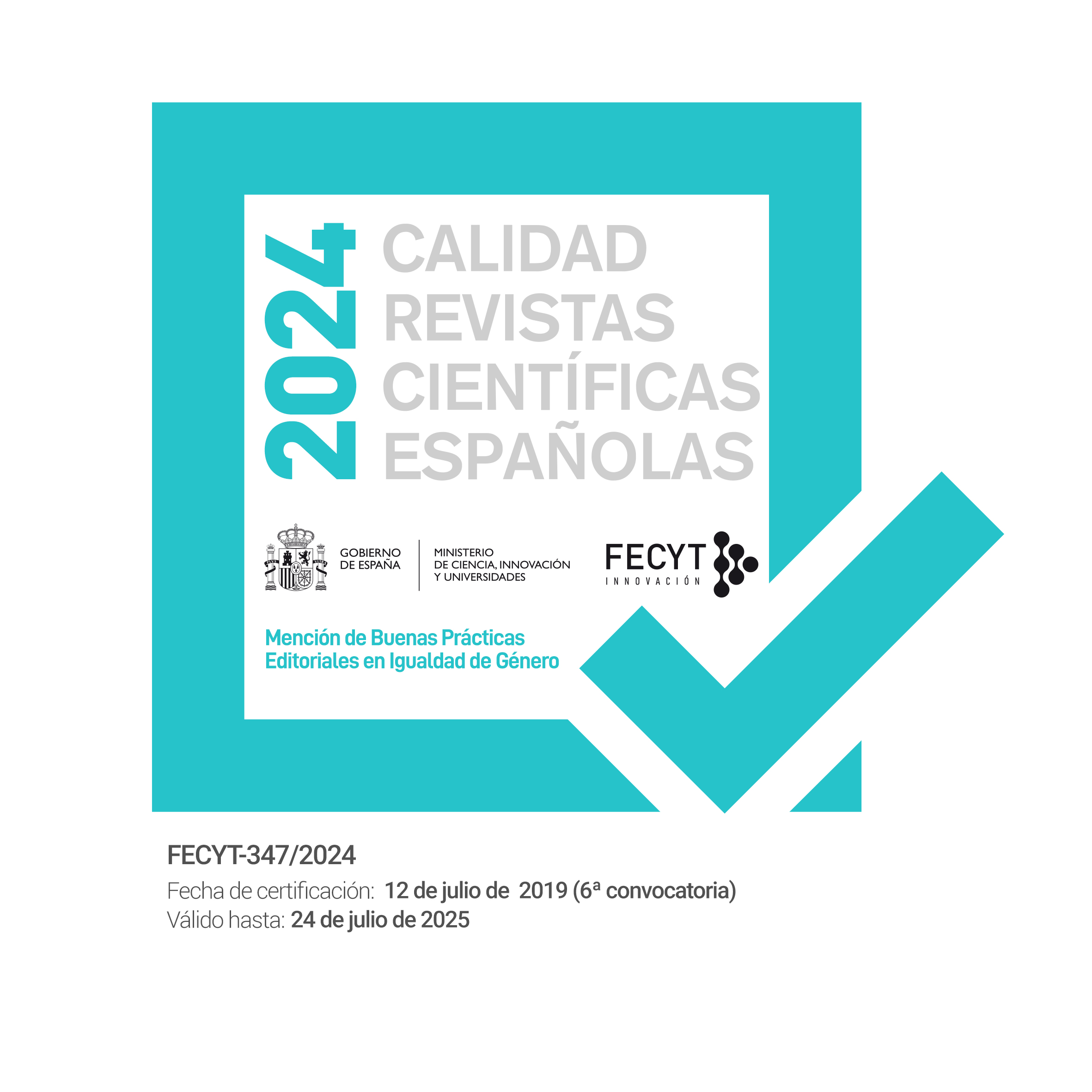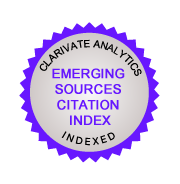Artes y oficios artísticos en Granada a mediados del siglo XVIII
DOI:
https://doi.org/10.5944/etfvii.9.1996.2285Abstract
El Catastro de Ensenada, realizado a instancias del rey Fernando VI a partir de 1749, es sin duda alguna la fuente económica de conjunto más amplia en la España del siglo xviii. Su amplitud y riqueza de datos la hace imprescindible para conocer la realidad de ciudades y pueblos, de la Iglesia y de las diferentes capas sociales. Su minuciosidad responde a ese afán ilustrado por conocer la realidad como paso previo para reformarla. En el caso concreto del Catastro, el móvil directo para su elaboración era el deseo de sustituir la compleja, y a menudo poco eficaz, realidad fiscal de la monarquía hispánica por el sistema más racional de una contribución única.Downloads
Downloads
Published
1996-01-01
How to Cite
López Muñoz, M. L., & López Muñoz, J. J. (1996). Artes y oficios artísticos en Granada a mediados del siglo XVIII. Espacio Tiempo y Forma. Serie VII, Historia del Arte, (9). https://doi.org/10.5944/etfvii.9.1996.2285
Issue
Section
MISCELÁNEA
License
Authors who publish in this journal agree to the following terms:
- Authors retain copyright and grant the journal right of the first publication with the work simultaneously licensed under a license Creative Commons Reconocimiento-NoComercial 4.0 Internacional that allows others to share the work with an acknowledgement of the work's authorship and initial publication in this journal.

- Authors are able to enter into separate, additional contractual arrangements for the non-exclusive distribution of the journal's published version of the work (e.g., post it to an institutional repository or publish it in a book), with an acknowledgement of its initial publication in this journal.
- Authors are permitted and encouraged to post their work online (e.g., in institutional repositories or on their website) prior to and during the submission process, as it can lead to productive exchanges, as well as to earlier and greater citation of the published work (See The Effect of Open Access).








